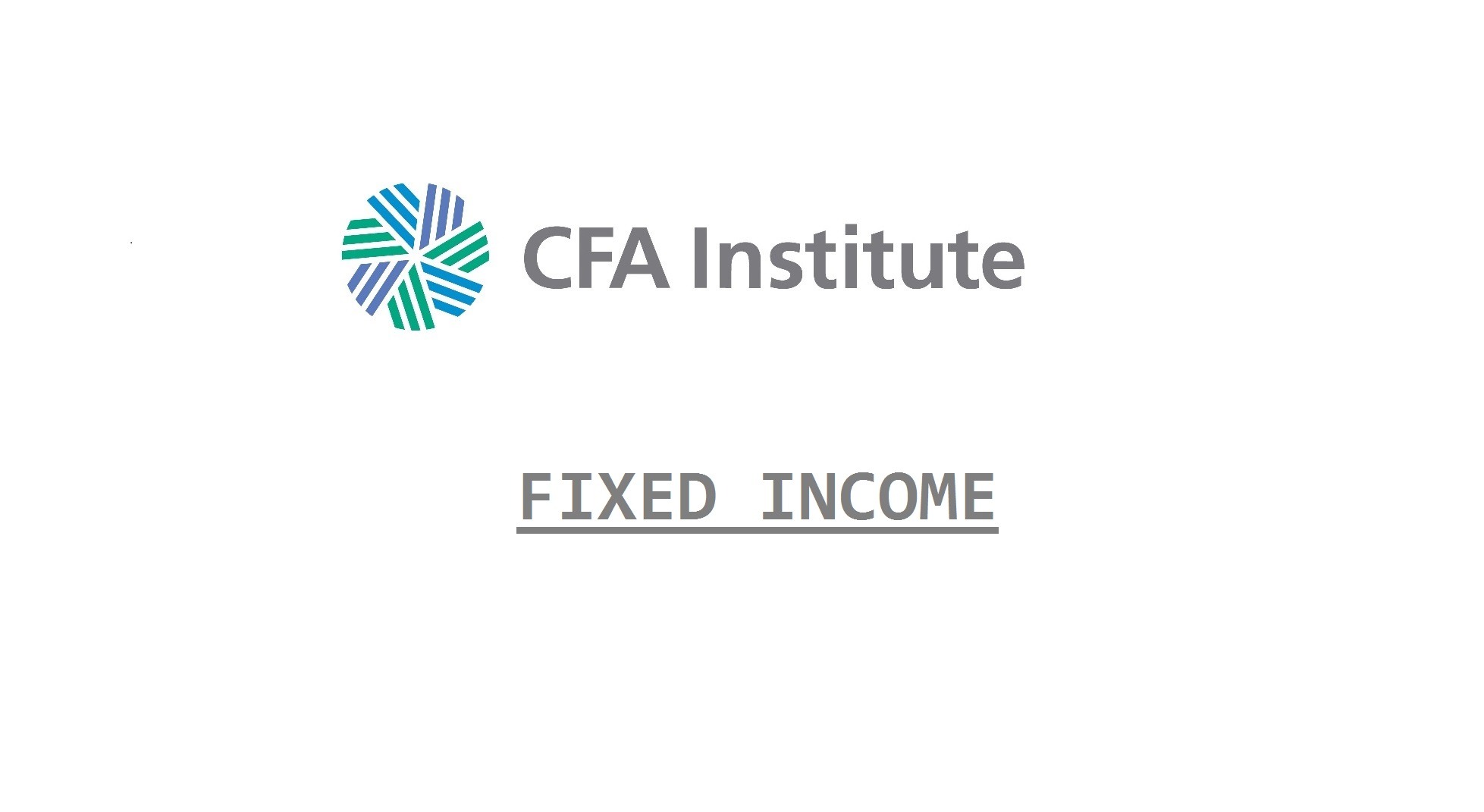Structural models of credit risk rely on the option pricing theory and analysis of the company’s balance sheet. They help us explain rationale for defaulting on debt.
From the option pricing theory, we can equate to shareholders in a company with outstanding zero-coupon debt as holders of a call option on the company’s assets with a strike price equal to the face value of the debt. If the company’s assets are higher then the value of debt at maturity, shareholders exercise the option, pay of the debt and keep the residual as profits. Otherwise the shareholders let the options expire worthless.
Hence, at time T, (corresponding to the maturity of debt):
value of equityT = max (0, AT − K)
value of debt = AT − value of equity = AT − max (0, AT − K)
which means that value of debtT = min (AT, K)
where:
AT = value of company’s assets at time T (i.e., at maturity of debt)
K = face value of debt
Alternatively, we can view shareholders as long the assets of the company and long a put option with a strike price at K, the face value of the debt.
Under the put option analogy, the investors in the risky debt can be construed to have a long position in risk-free debt and a short position in that put option.
value of risky debt = value of risk-free debt − value of put option
A weakness of structural models is that they assume that company assets trade in a frictionless market with a mean return and variance condition. Other assumptions include that the risk-free rate is constant, and that the firm only has a single issue of risky debt. (Simple balance sheet)
Another limitation of the structural model is that estimations are needed to be made for the input parameters of the structural mode.
Reduced Form Models
Reduced form models are based on real work conditions using historical data for inputs. These models do not rely on assumptions on the treatment of a company’s balance sheet.
Reduced form models do assume that the company has at least one issue of risky zero coupon debt outstanding, but the risk-free rate, probability of default and recovery are based of the state of the economy.
Allowing the use of historical data is a strength, however this means that reduced form models must be properly backtested.
